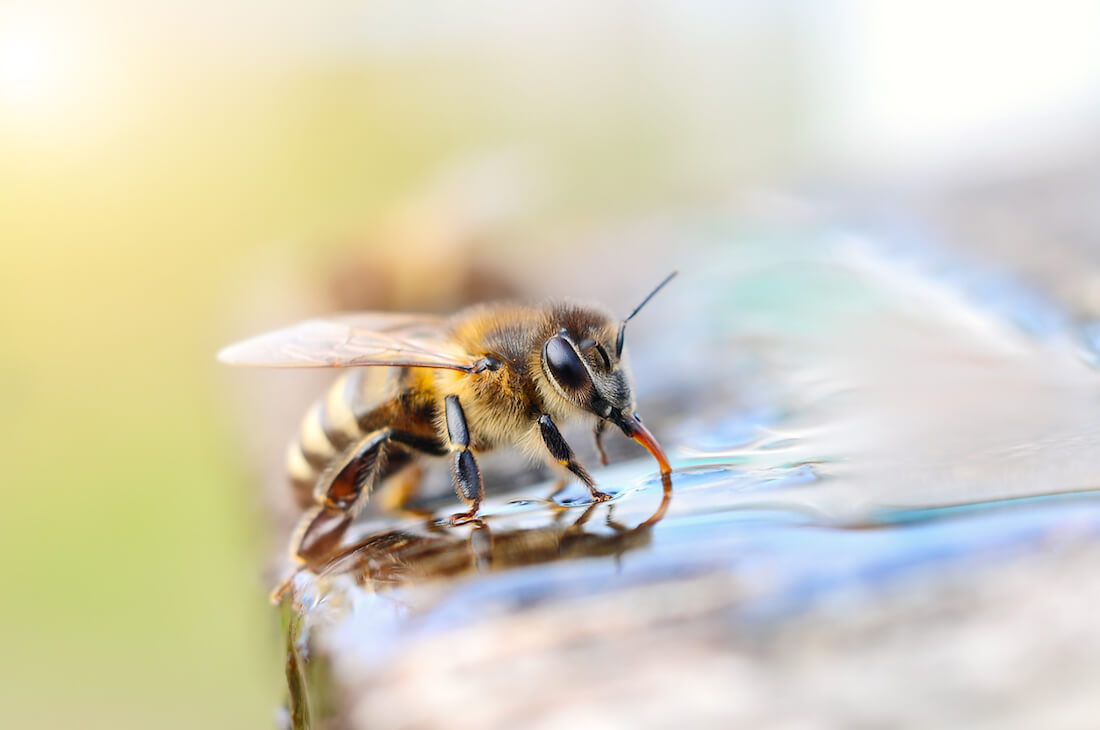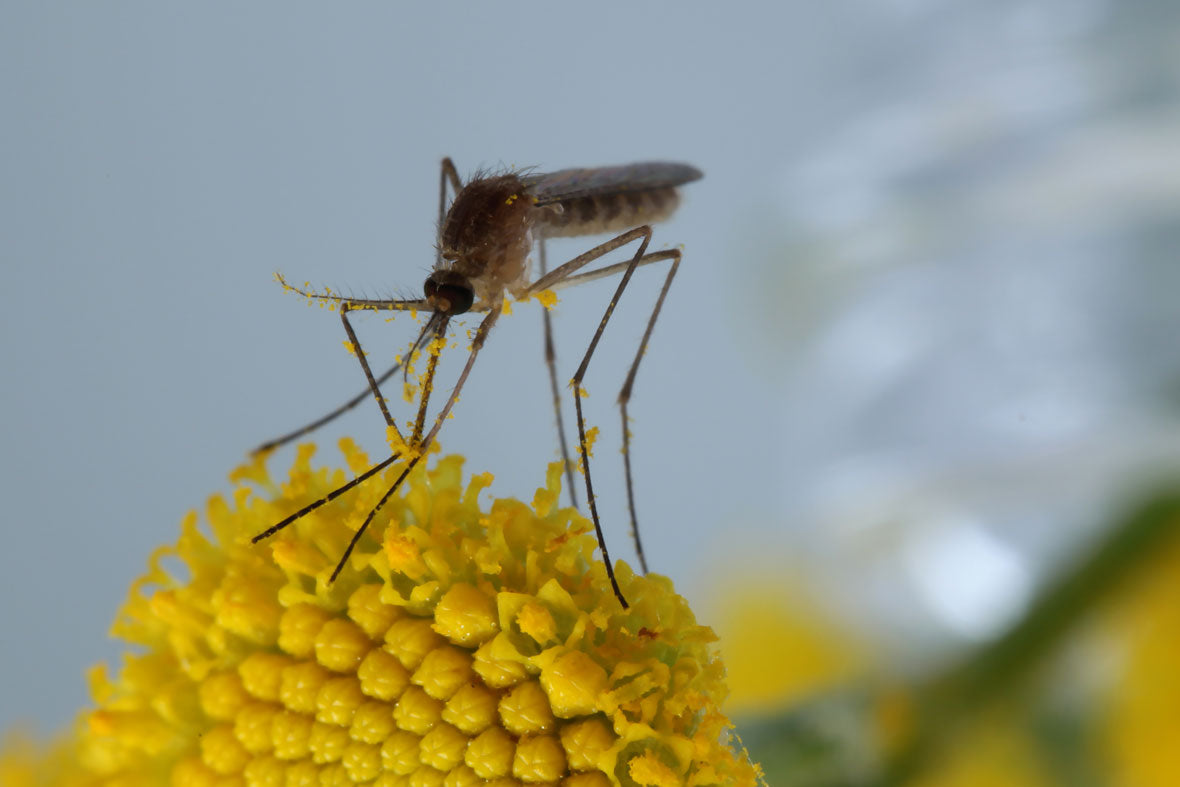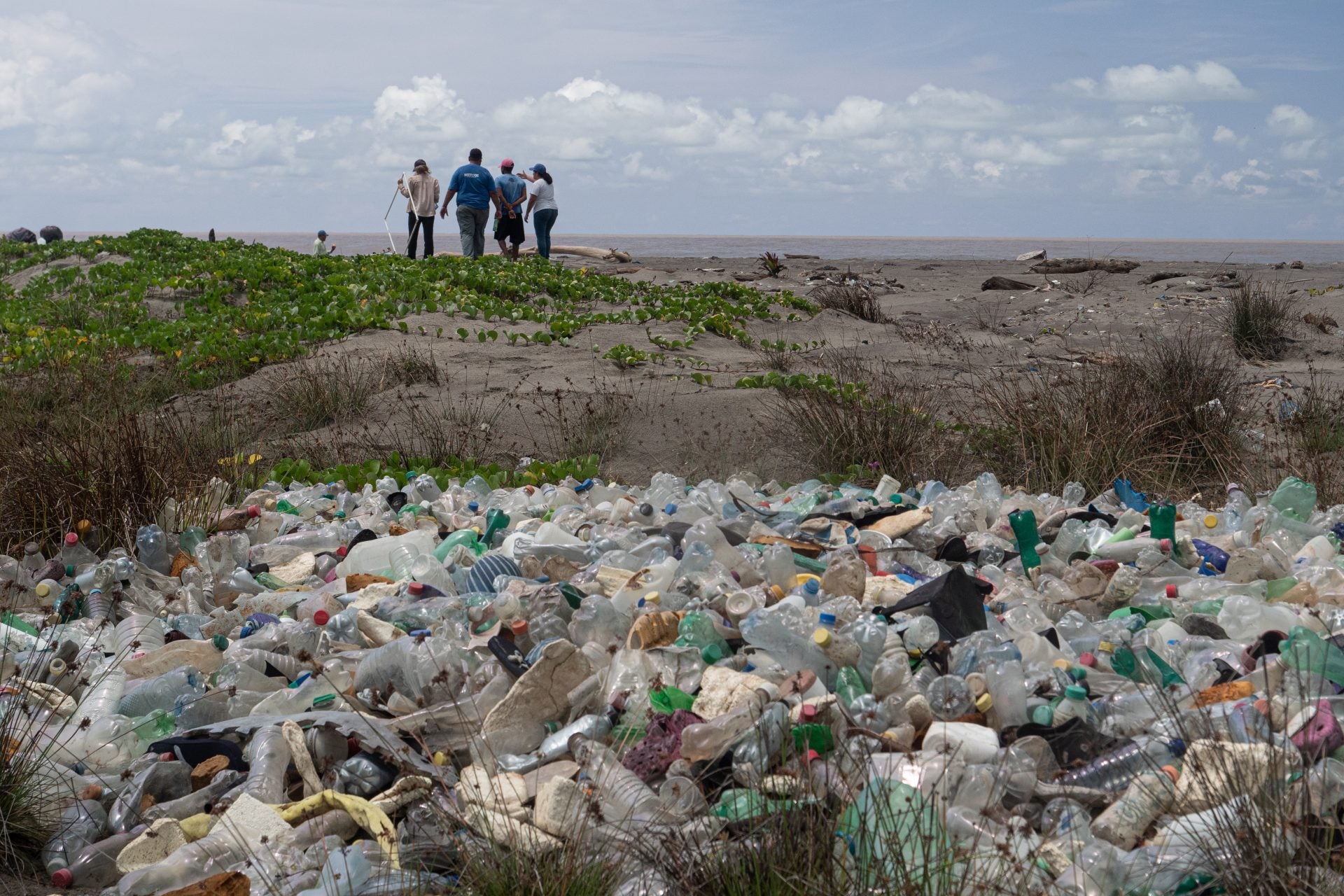When it comes to removing unwanted pests, oftentimes the simpler the solution, the better the outcome. But what about when it comes to the best bait for carpenter bee traps? Does sugar water really work, or is it just another overhyped myth? Are carpenter bees even attracted to sugar? We’re going to answer all that and more.
Do Carpenter Bees Like Sugar Water?
The short answer to this question is: yes, they certainly do. But before we dive into the specifics of carpenter bees, let’s take a closer look at how bees in general use sugar, and more importantly, why.

All bees rely on two sources of food to survive: nectar and pollen. The former is a sweet liquid secreted by plants, especially flowers. Nectar can vary widely in sweetness from as little as 8% to as high as 50%. For reference, the concentration of sugar in Coca-Cola is 10%. Unlike pure sugar, nectar also includes nutrients like vitamins, oils and amino acids1. However, just as humans couldn’t survive on a diet of junk food and sugar, bees of all species also require an infusion of protein in their diets. This is where pollen comes into play. If nectar is the quick and immediate energy source (picture a toddler with a handful of candy straws), then the collected grains of pollen act as a rich source of protein and other nutrients not found in quick-fix nectar. Most bee species also use the combination of nectar and pollen to produce a nutrient-rich food for their larvae2. In this way, carpenter bees are no different from their honeybee cousins.
Though the name Xylocopa roughly translates to “woodcutter 3,” it is not true that carpenter bees feed on wood! Just like bumblebees and honeybees, carpenter bees are attracted to sugar (e.g., nectar) for energy. In their foraging of wild plants, carpenter bee females will collect pollen and nectar to bring back to the elaborate chambers that they burrow inside parcels of wood. Within each of these “rooms” the female carpenter bee will lay an egg on a ball of pollen and nectar she’s gathered. When the carpenter bee egg hatches, the larva will eat the mixture of pollen and nectar as its first source of food.4

Carpenter Bee Attractant
Type “feeding sugar water to bees” into any of your preferred search engines, and you're bound to get a litany of angry beekeepers warning you against it – and, perhaps, for good reason! While Doug Somerville, a technical specialist in honeybees with New South Wales Department of Primary Industries, notes that “bees are twice as attracted to sugar syrup than they are to honey5,” there are also myriad less-than-desirable consequences to making carpenter bee traps out of sugar water.
First and foremost, we have to take into consideration that all bees like sugar. While a simple bee trap with sugar water may be a guaranteed way to catch a few more carpenter bees this year, you might also attract a host of other potent pollinators, like honeybees and bumblebees. Far from being a nuisance, bumblebees are some of the world’s most prolific pollinators and play an important role in our global ecosystem. Unfortunately, the sugar water trap doesn’t discriminate. Any and all bees lured in by the enticing aroma of a sweet treat will face the same end. But it’s not just the good guys you need to worry about...
Another important aspect to consider when using sugar water to attract bees is that it might just work too well. Remember that certain species of painful stingers, like wasps, are also fanatically attracted to sugar6. Leaving a water bottle full bee attractant might get some of your targets, but it might also bring aggressive wasps into your backyard.
Best Bait for Carpenter Bee Traps
So what’s the best way to lure carpenter bees (and only carpenter bees) to your traps? Call us biased, but we developed the BEE-Licious Bee Bait for a reason.

Our bee bait formula works by mimicking the pheromone scent given off by dead carpenter bees and has been proven to draw carpenter bees into your trap and away from your home. When the bees search for a place to nest in the spring, the powerful scent signals the location of an old carpenter bee nest, which the bees prefer to reuse rather than tunnel a new one. Moreover, because the pheromones are specific to carpenter bees, you don’t have to worry about inviting a swarm of unwanted guests to your next backyard barbecue.
The definitive answer? While it is certainly possible to use sugar water to attract bees, we don’t recommend it. You just can’t predict who’s going to show up to the party.
- Journey North, “Nectar and Migration,” Arboretum, University of Wisconsin–Madison, accessed December 15, 2021, https://journeynorth.org/tm/monarch/nectar.html.
- USGS, “Do Bees Feed on both Nectar and Pollen?,” Biology and Ecosystems, Frequently Asked Questions, accessed December 15, 2021, https://www.usgs.gov/faqs/do-bees-feed-both-nectar-and-pollen.
- Kate Anton, Christina Grozinger, and Natalie Boyle, “The Eastern Carpenter Bee: Beneficial Pollinator or Unwelcome Houseguest?,” Penn State Extension, updated March 8, 2021, https://extension.psu.edu/the-eastern-carpenter-bee-beneficial-pollinator-or-unwelcome-houseguest.
- Anton, Grozinger, and Boyle, “Eastern Carpenter Bee.”
- Doug Somerville, “Feeding Sugar to Honey Bees,” Prime Fact 1343, NSW Government Department of Primary Industries, August 2014, https://www.dpi.nsw.gov.au/__data/assets/pdf_file/0018/532260/Feeding-sugar-to-honey-bees.pdf.
- Teo Spengler, “What Is the Most Effective Liquid Bait for Wasp Traps?,” Hunker, last updated November 29, 2021, https://www.hunker.com/13406496/what-is-the-most-effective-liquid-bait-for-wasp-traps.









Leave a comment
All comments are moderated before being published.
This site is protected by hCaptcha and the hCaptcha Privacy Policy and Terms of Service apply.